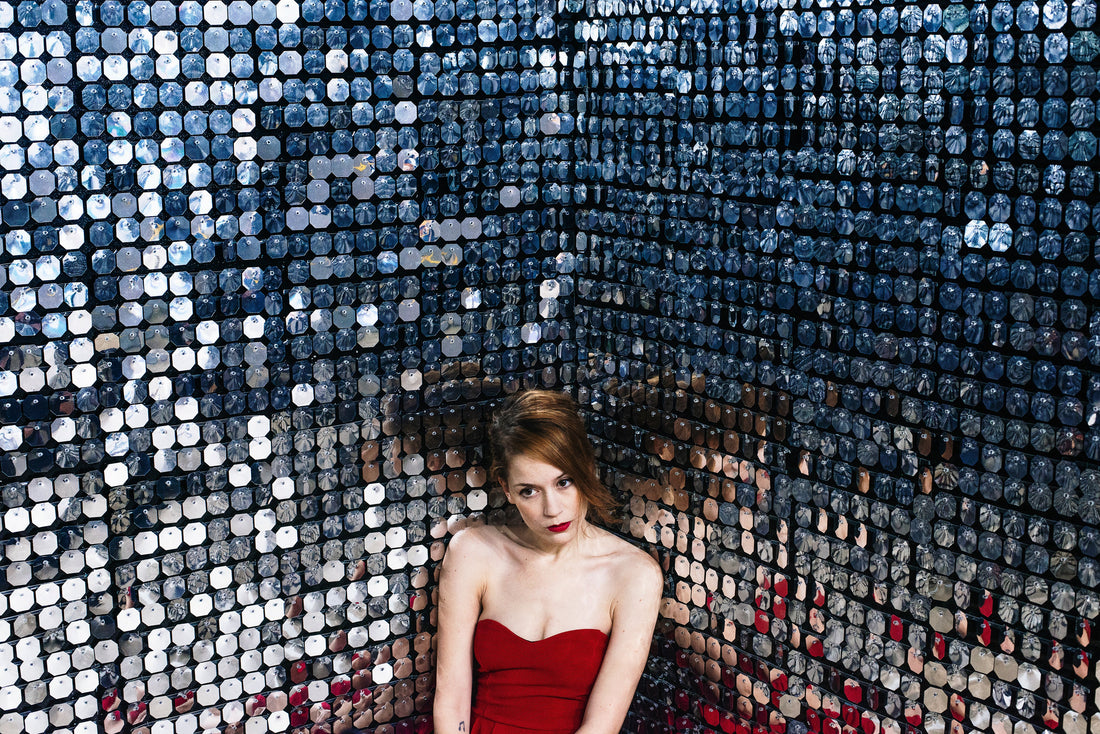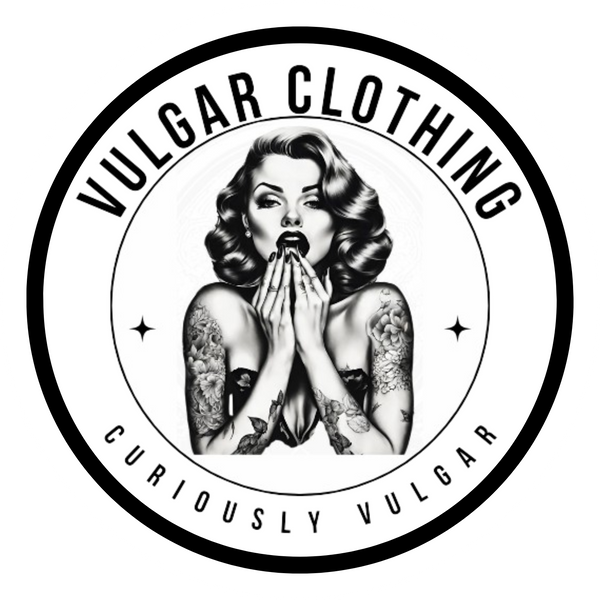
Some History On Alternative Fashion: Exploring the Evolution of Style Rebellion
Share
What Is Alternative Fashion?
Fashion is more than just the clothes we wear—it's a form of self-expression, a visual language, and sometimes, a quiet (or not-so-quiet) rebellion. Alternative fashion steps outside conventional style rules, embracing individuality and challenging norms. But where did this fashion movement begin, and why does it resonate so strongly with so many people today?
If you've ever wondered about the origins of alternative fashion and how it evolved, you're not alone. Let's dive into the fascinating history of alt style and discover why it remains relevant in today's ever-changing landscape.
The Roots of Alternative Fashion: A Brief History
Early Expressions of Rebellion in Fashion
Contrary to what many people believe, alternative fashion isn't just a recent phenomenon. While the modern concept of fashion as self-expression mostly took off in the 20th century, history holds a few earlier examples. For instance, during the French Revolution, working-class revolutionaries wore pantaloons—an early version of trousers—to visibly set themselves apart from the royal establishment and send a rebellious message. This was more than just a style choice; it was a political statement.
Fashion in the 1950s: Societal Uniformity
In media and real life during the 1950s, fashion followed a formula—think matching dresses, petticoats, and nearly identical hairstyles. Even within different personality types, such as the rebel or the misfit, clothing rarely broke from the group norm. This uniformity is evident not only in old movies like Take Care of My Little Girl (1951) but also in countless family photo albums from the era. For most people, fashion was about practicality and conformity rather than creative self-expression.
The Rise of Subcultures in Fashion
True alternative fashion as a subculture began to emerge more visibly in the mid-20th century. By the 1960s and 1970s, certain groups started to use fashion intentionally as a form of rebellion and identity. Think about the hippies with their flowing garments, tie-dye, and refusal to conform, or the punk movement that spiked in the late 70s, with safety pins and ripped clothing as symbols of anti-establishment attitude. Alternative fashion became a reaction—often against mainstream trends, cultural norms, or political issues.
Why Do People Embrace Alternative Fashion?
- Desire for individuality and self-expression
- Rejection of mainstream beauty standards
- Belonging to a like-minded subculture
- Visual communication of interests or values
For some, it's about challenging consumerism or mass production, while for others, it's simply personal taste—like always wearing your favorite color head to toe or curating a vintage wardrobe from past decades.
Resource Availability and Fashion Choices
It's important to remember that not all alternative fashion choices are intentional. Sometimes, wearing what is simply available sets someone apart from the mainstream. In earlier generations, clothes were mainly functional, dictated by necessity and modest wardrobes—imagine owning just a few pairs of shoes for different needs. As access to diverse styles and global trends has grown, so too has the potential for fashion as artistic and personal expression.
Major Alternative Fashion Subcultures
Alternative fashion is a vast world, and over the decades, it has splintered into countless subgenres, each with its own look, attitude, and musical or cultural ties. Here are just a few notable examples:
- Goth: Dark colors, dramatic makeup, Victorian or punk influences
- Punk: Distressed fabrics, safety pins, leather, and band tees
- Hippie: Earthy tones, flowing garments, tie-dye, headbands
- Greaser: 1950s style leather jackets, slicked hair, denim
- Emo: Skinny jeans, band tees, layered haircuts, and eyeliner
- Scene: Neon colors, bold accessories, choppy hairstyles
- Pin-Up / Rockabilly: Retro 1950s dresses, polka dots, red lips
- Mod: 60s-inspired tailored suits, mini skirts, bold graphics
- Lolita: Japanese street style, frilly dresses, lace, and bows
- Steampunk: Victorian-meets-industrial, gears, corsets, goggles
- Cottagecore, Goblincore, and other aesthetic-based genres
Each of these styles communicates something about the wearer—be it musical preference, attitude towards society, or love for a particular era or aesthetic.
The Role of Media and Commercialism in Alternative Fashion
With the rise of the internet and social media, alternative fashion is more accessible than ever before. You can find unique pieces online, join niche communities, and connect with others who share your interests. However, this widespread availability sometimes leads to the commodification of alt styles—mass-produced pieces that can dilute the originality that defined the look in the first place.
For those who value authenticity, thrifting, DIY, and customization remain powerful ways to reclaim alternative fashion from the grip of consumerism. Remember: a true alternative look is all about intention, creativity, and self-expression—not just following the latest commercial trend.
Navigating Negative Stereotypes and Mainstream Reactions
Unfortunately, alternative fashion has often been met with suspicion or negative stereotypes. From associating greasers with gangs in the 50s, linking hippie clothing to drugs, or assuming all goths are dark or dangerous, mainstream society has sometimes misunderstood these groups. But fashion is a language—and, as history has shown, it can challenge societal perceptions as much as it sparks community and creativity.
Tips for Exploring Your Own Alternative Fashion Style
- Identify what inspires you—whether music, movies, art, or a subculture.
- Don’t be afraid to mix eras or genres. Fashion is fluid!
- Start small—add statement pieces like vintage accessories or bold colors.
- Check thrift stores or online marketplaces for unique finds.
- Embrace DIY: Alter and customize your clothes to make them your own.
- Let practicality guide you, but don’t suppress your creativity.
The Ongoing Story of Alternative Fashion
Alternative fashion isn’t just about what’s on the surface—it’s about embracing who you are and communicating that with the world. Whether you love vintage dresses, all-black goth look, or you’re inspired by cottagecore’s dreamy vibes, the variety and freedom found in alternative styles are worth celebrating.
Do you have a favorite alternative fashion memory or a go-to look? Want to share more examples from fashion history? Join the conversation below—let’s keep exploring the amazing world of alternative fashion together. Stay stylish and stay Curiously Vulgar!
